Paoma mountain Paoma Hill
Paoma mountain Paoma Hill
Paoma mountain is located in the south of Kangding City, Ganzi Tibetan Autonomous Prefecture, Sichuan Province. It is the extension of Gongga mountain to the north. It is the core area of the "two-hour tourism economic circle around Gongga" and a national key scenic spot. The city is surrounded by mountains, and the mountains protect the city.
"On the mountain where the horses are running, there is a smooth cloud." A Kangding Love Song made Paoma mountain famous in the world. Paoma mountain, Tibetan Name: ramze, meaning: Fairy mountain. Because there are lakes and five color sea on the top of the mountain, it is also known as wuse Haizi mountain. The main landscapes of Paoma mountain are: five color sea, Jixiang temple, Paoma Ping, Buddha bathing pool, etc. In order to commemorate the birthday of Buddha Sakyamuni, on the eighth day of April of the lunar calendar, the local people hold a grand commemorative activity in Paoma mountain, which is called "April 8 turn mountain meeting", and hold horse racing activities on Paoma mountain at the same time.
Original name
Over the past hundred years, it has been famous both at home and abroad. It lies in the first sentence of Kangding Love Song: "on the mountain running horses, a smooth cloud!" There are many famous mountains in the world. Paoma mountain is a prominent one. However, on a sunny day, there are often a few clouds in the mountain, during which people can take care of themselves.
Kangding city has been protected by three mountains since ancient times. Standing in the southeast of the city, Paoma mountain is called "ramze", which means Xianzi mountain. From the city mountaineering, the mountain seems to have no ridge, homophonic name nanwuji mountain. On the top of the mountain, there are five color lakes, so it is also called wuse Haizi mountain.
Paoma mountainside platform, Tibetan name "dengtuo", meaning cushion. In the Northern Song Dynasty, Lam Temple (Fairy Temple) was built on this terrace, and the incense was flourishing. At its peak, there were more than 700 lamas, who were later burned in the flames of war. In the Qing Dynasty, chieftain Mingzheng worshiped the mountain god at dengtuo mountain on May 13 of the lunar calendar and held a horse racing meeting. All the farmers and herdsmen with good riding skills came to participate in the race. During the competition, "dengtuo" mountain terrace gathered the urban and rural audience of Kangding. The chieftain and the rich family all set up white tents at the edge of the forest side terrace to watch and play. During the race, all the competitors wear new clothes and ride horses. At the beginning of the contest, the Tusi's order sounded, and the competitors raced to the top of the mountain. The first winner was the winner, followed by two to five. The top five were rewarded with different portions of hada, tea and Huahong, while those at the end were given Zanba noodles to drive away bad luck. From the Qing Dynasty to the Republic of China, the horse racing club was held in dengtuo mountain every year. For a long time, people in Kangding called this place Paoma mountain.
geographical position
Paoma mountain is located in the southeast of Lucheng Town, Kangding city. The city is surrounded by mountains, and the mountains protect the city. Since ancient times, Paoma mountain has an indissoluble bond with the people at the foot of the mountain. Paoma mountain is full of beautiful scenery and romance. This park has been built since ancient times. When you go up the mountain, it's like entering the fairyland. You will realize that China's western frontier is Tianwaitian. The truth and beauty will surely wash away your common customs. In Paoma Mountain Park, you will feel that you have climbed the Lingshan mountain.
Paoma mountain, located in the south of Kangding City, is one of the famous Tibetan sacred mountains. In order to commemorate the birthday of Buddha Sakyamuni, the local people hold grand commemorative activities on April 8 of the lunar calendar every year, which is called "April 8" mountain turning meeting and horse racing. A well-known "Kangding Love Song" makes people yearn for it. If you don't go during the horse race Festival, you may be a little disappointed.
Special scenic spots
The main landscapes of Paoma mountain park are: five color sea, yongxue tower, Jixiang temple, Lingyun white tower, Paomaping, Buddha bath (Jiulong pool, which has been transformed into a temple), Feiyun corridor (corridor), Dongguan Pavilion, Guanyin Pavilion.
Five colors of the sea
From the left side of Paoma mountain near Niba mountain or Sima bridge, go through the mountain path of azalea flowers and red and white rose flowers, and pass through 5 places of Jixiang mani pile. It takes about 6 hours to arrive at wusehai, a glacier relic at 4100 meters above sea level. Wusehai covers an area of 0.11 square kilometers with three steep mountains. Dongshan cliff waterfalls fly, thousands of pearls straight into the lake, the lake water is clear like a mirror, the morning sun comes, auspicious four sets, the waterfall reflects the lake, jade rabbit holding Buddha hidden away, the sun is colorful.
Yongxue building
This is the best place to enjoy snow and recite poems. Run Ma mountain waist south, shade in the shade, there are towering towers, this is wing snow tower. Looking back on the fence, the two roads from gulucheng to Kangba, the old path and the new road are bound in the mountains. In winter and spring, the mountains and rivers in Southwest China are all made of ice and snow sculptures, which will give rise to a strange feeling after watching. There must be a good chapter in appreciating snow and composing poems. Sunny day, green mountains near, distant snow mountain blue sky, chanting ancient and modern snow poems, seeking the true meaning of holiness, how can the viewer not climb this scenic spot.
Jixiang Temple
On the west hill of Paoma mountain Ping, there are luxuriant trees and flowers. The Jixiang Buddhist temple is towering on the jade steps, resplendent and auspicious. He ascended the steps into the hall, and sat on the lotus seat above him. The Buddha, the founder of the sect, looked at the world with kindness and kindness in the misty cigarette smoke, hoping that good deeds and bad deeds would disappear.
Lingyun white tower
A few steps out of the side hall of Jixiang temple is the Lingyun white tower standing high in the sky. The white pagoda is built on the top of the west hill of Paoma mountain, which is more than 20 meters high. There are often white clouds around it. The gray Paoma mountain adds a bit of magic and intimacy. Taben Buddha body, Buddhist Scripture storage, tower is Buddha. Both the near and far views make the visitors and the viewers linger on.
Dongguan Pavilion
The bodyguards at Paoma mountain in the east of Kangding City absorb the aura of the sun, moon and stars, create the sanctity of the mountain, and give the living creatures auspicious charm and vitality.
Goddess of Mercy Pavilion
From Dongguan pavilion to the cliff more than 100 steps away from the foot of the mountain, there is a Guanyin Pavilion dedicated to Guanyin. Guanyin Bodhisattva temple was built in the late Qing Dynasty. It was destroyed and rebuilt several times, and then it was rebuilt and preserved. This is actually the Guanyin temple, and there is no trace of the ancient pavilion. All kinds of Dharma bodies are worshipped in the temple. There are nuns and nuns serving them. There are fireworks all day long. Every month on the ninth day of the lunar calendar, we often hear the sound of bells and firecrackers, which is the day when the residents in and outside the city burn incense, worship and give alms. At that time, the temple set up a vegetarian house to entertain pilgrims from all walks of life. Guanyin Pavilion in the east of the city, the precipices are resplendent and the temples are magnificent. Those who believe in Guanyin will put their hands together to pray for the safety of the whole family.
Flying cloud corridor
From Kangding city to see Paoma mountain, there are many scenic spots, which make people fascinated. There is a long corridor on the hillside, hidden in the green, eye-catching. At the foot of Paoma mountain, there is a road around the mountain. There are more than 100 steps from the lane opposite the mosque, that is to say, to the uphill part of the road around the mountain, step on the cement stone steps, and walk hundreds of steps along the stone path in the forest, and you can see the flying cloud corridor. Facing them are steep stone steps about 2 meters wide. Step head, a pair of stone lions on both sides, smile to meet the lack of visitors. Enter the corridor and sit down in front of the railings to have a rest. The corridor is built on the mountain rock, and the elegant comfort of the corridor is supported by big red pillars, like entering the loop of the West Lake corridor. Further down are the high-rise buildings in the city, as well as rainbow bridge, Jiangjun bridge and Xiaqiao. Furnace city new appearance and prosperity, panoramic view. In the morning and evening, there are often clouds and mists to linger here and then leave. When they encounter the clouds, visitors will feel as if they are in Penglai fairyland.
Paoma Ping
Paoma mountain is famous for its horse racing. At the beginning of the 20th century, horse racing was held every year on the 13th day of the lunar calendar. On this day, all the racers gathered at Paoma Ping to compete. This flat is named "dengtuola", which means a flat mountain like a horse mat. In the early 1980s, Paoma mountain terrace was rebuilt, which led to water immersion and leveled the plateau. It became a high mountain "Linka". It also provided an ideal venue for tourists to watch folk songs, dances, dramas and hold horse racing activities in festivals. The mountain is surrounded by green trees, with different colors in spring and autumn.
Bathing Buddha pool
Along Paoma Ping through the forest path, that is to the Buddha bath. According to the story of the Buddhist scriptures, Buddha Sakyamuni bathed here after his birth. There are also Jiulong opera in between, so today there are Jiulong water spitting and water playing sculptures beside the pool, which often make visitors linger.
Travel Tips
Best travel season
In order to commemorate the birthday of Buddha Sakyamuni, the local people hold grand commemorative activities here every year on the eighth day of the fourth lunar month, which is called "April 8" mountain turning meeting and horse racing.
admission ticket
50 yuan for running Mashan, 35 yuan for half way of cableway and 55 yuan for round trip.
traffic
The scenic spot is on the edge of Kangding city. You'd better walk there for 15 minutes. You can also take a taxi for 4 yuan. Because it is not possible to get through the whole road in running horse mountain, it is still a bit of trouble to go up the mountain. For people with good physical strength, it takes about 2 hours.
Paoma mountain cableway was officially completed on July 28, 2002. There are 48 hanging baskets, which can carry 96 passengers. The cableway was wholly owned by Yunnan ropeway investors, with a total length of 720 meters and a total investment of more than 15 million yuan (including building investment). The construction started in September 2001.
get accommodation
Paoma mountain is located on the edge of Kangding city. Accommodation is very convenient. You can find accommodation by going down the mountain to Kangding city
delicious food
The famous food of Kangding -- cream cake
Kangding's cream cake is a kind of cake with special characteristics. Its practice, appearance and taste are different from those of other places. In particular, the taste is the most unforgettable. People in Kangding often send this kind of cream cake when they go out to bring things to others.
Special snacks are butter tea, roast beef, etc., the most famous is yak meat.
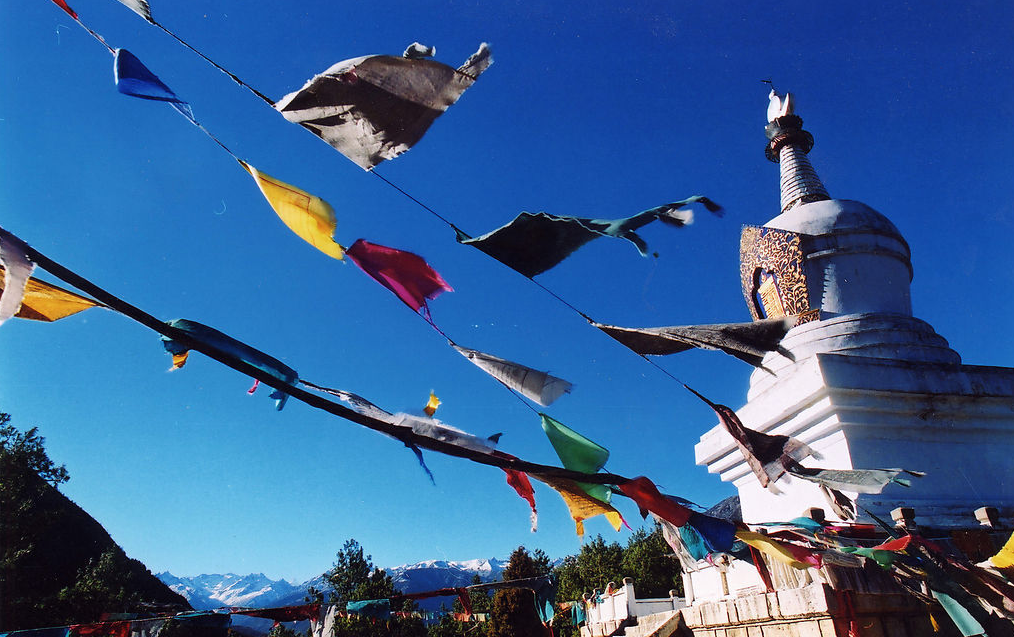

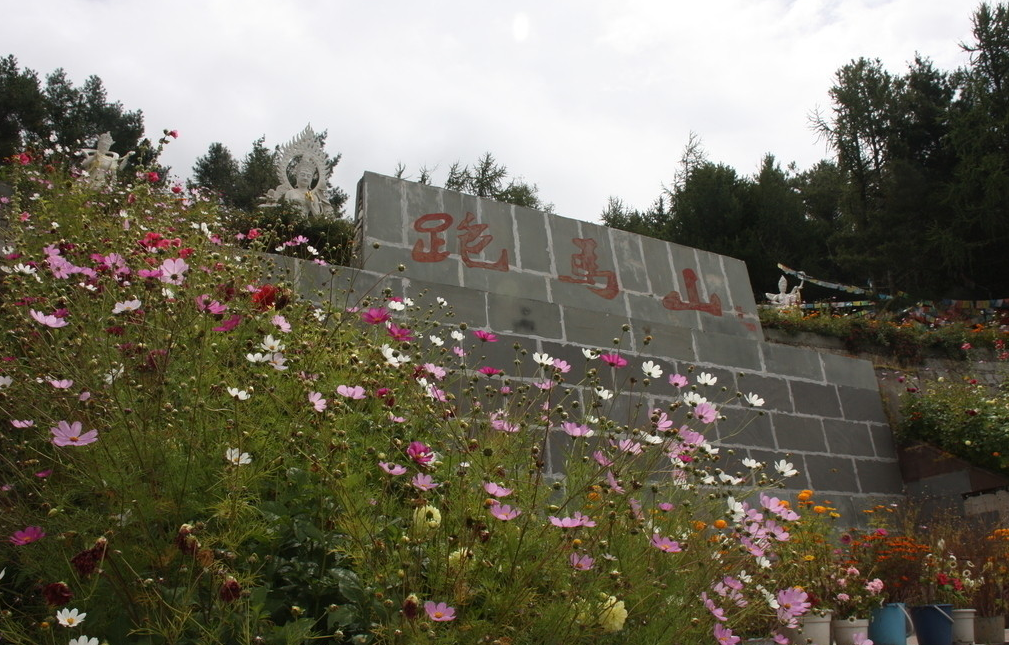
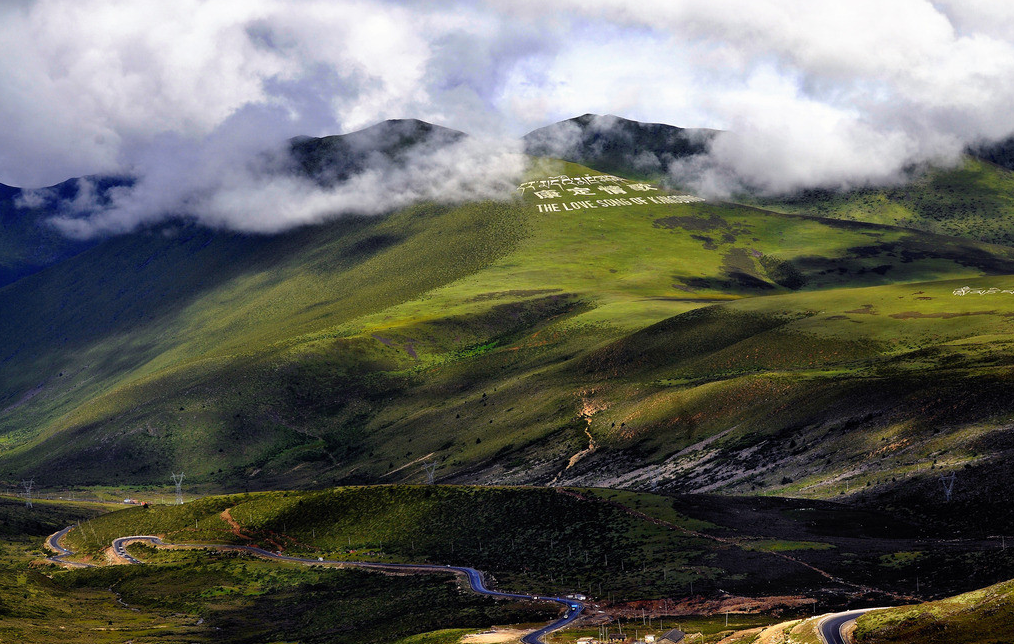

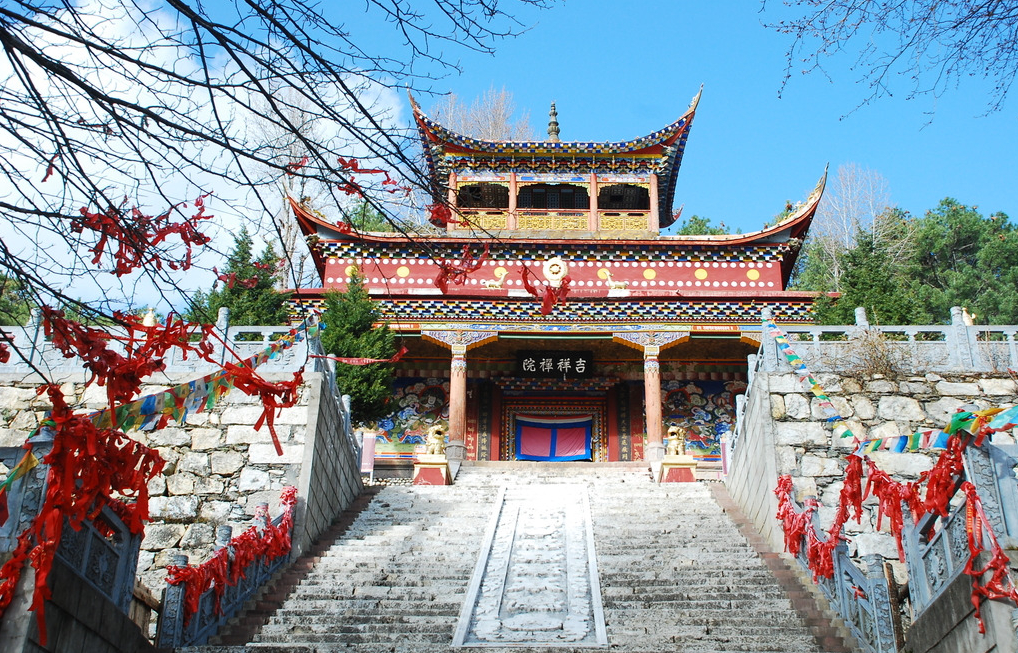
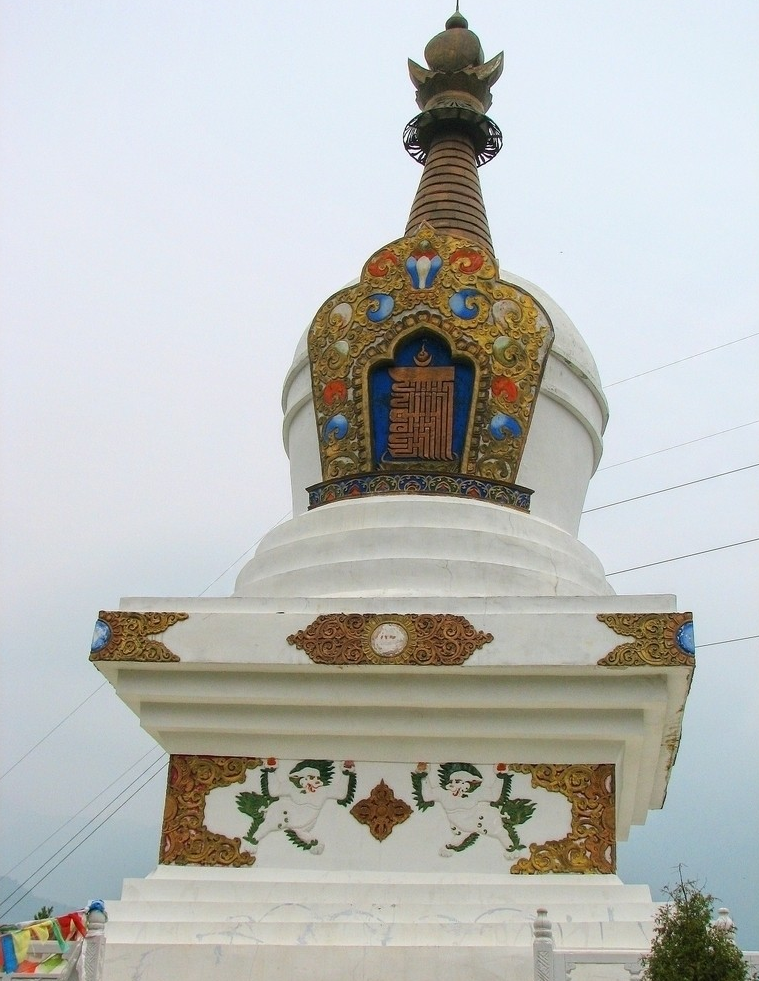
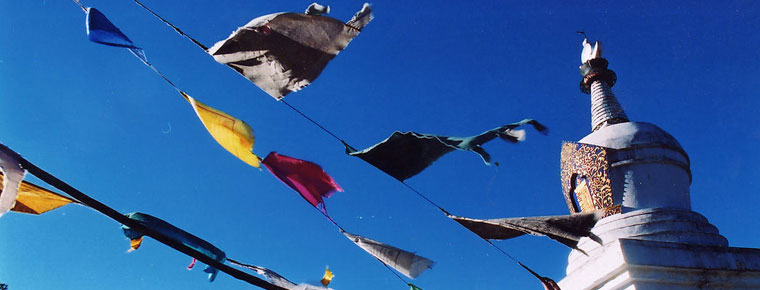
-
1.Dongpos braised pork
Dongpo meat, also known as roll meat and Dongpo stewed pork, is a famous traditional dish in Meishan and Jiangnan area
Time 2018-10-27 -
2.Seven Stars Scenic Spot
Seven Stars Scenic Spot/Qixing Scenic Spot is located on the East Bank of Lijiang River in Guilin City, along Xiaodong River, a tributary of Lijiang River, 1.5 kilometers away from the city center.
Time 2018-12-17 -
3.Shihuadong National Geological Park
Beijing Shihuadong National Geopark is located in Cheying Village, Nancheng Town, Hebei Province, Fangshan District, Beijing. It is a seven-storey karst cave 55 kilometers away from Beijing
Time 2019-02-08 -
4.Huaxia City Scenic Spot in Weihai
Weihai Huaxia City Scenic Area belongs to Huaxia Cultural Tourism Group Co., Ltd. It is located in Weihai, a beautiful seaside resort city. It is a large-scale ecological and cultural
Time 2019-02-22 -
5.Changshan Cheerful Ballads
In Changshan, the custom of applauding when marrying and bridging a new house has been popular among the people since ancient times for the sake of luck. The content of applause for marriage
Time 2019-04-16 -
6.Puppet Head Sculpture
Zhangzhou puppet head carving is a traditional folk arts and crafts in Zhangzhou City, Fujian Province. It belongs to a special skill in the production of puppet stage props. Zhangzhou puppet head car
Time 2019-06-06 -
7.Shaheteng Array
The rattan array is the only ancient combat technology in northern China. It has gone through hundreds of years since Ming Dynasty. Today, it only exists in Shilipu Village, Shahe City, Hebei Province
Time 2019-06-12 -
8.Shu embroidery
Shu embroidery, also known as Sichuan embroidery, is as famous as Su embroidery, Hunan embroidery and Guangdong embroidery. It is one of the four famous embroidery in China. It is a traditional Chines
Time 2019-06-15 -
9.Shuizu Duanwu Jie
The aquarium duanjie is called "borrowing duanjie" in the language of water. "Duan" means "the first year of life" or "New Year", "borrow" means "
Time 2019-06-16 -
10.Jade carving
Jade carving is one of the oldest carving varieties in China. Jade carved into exquisite crafts, known as jade carving. Craftsmen in the production process, according to the natural color and shape of
Time 2019-07-16 -
11.Double Ninth Festival chong yang jie
The Double Ninth Festival refers to the ninth day of September in the lunar calendar every year. It is a traditional Chinese folk festival. In the Book of Changes, "Nine" is defined as the n
Time 2019-08-10 -
12.Plant resources in Guangan
The forest vegetation in Guang'an City belongs to the vegetation area of evergreen broad-leaved forest and coniferous broad-leaved mixed forest in the middle subtropics. Gymnosperms include Pinaceae, Cupressaceae, Ginkgo biloba and Metasequ
Time 2020-12-19